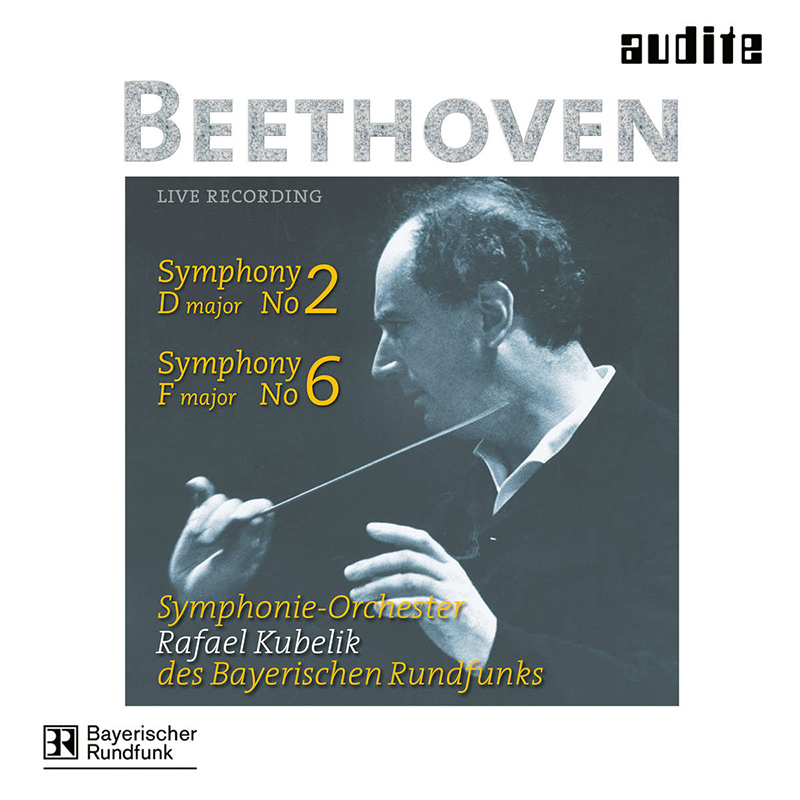Logowanie
Mikołaj - ten to ma gest!
Elton John, The Mamas & The Papas, Cat Stevens, Rod Stewart, Bobbie Gentry, Stevie Wonder, Engelbert Humperdinck
Memory Lane
Edycja Numerowana - 1000 egzemplarzy w skali światowej
RACHMANINOV, Eiji Oue, Minnesota Orchestra
Symphonic Dances / Vocalise
Best Recordings of 2001!!! NAJCZĘŚCIEJ KUPOWANA PŁYTA Z RR!
Karnawał czas zacząć!
Music of Love - Hi-Fi Latin Rhythms
Samba : Music of Celebration
AUDIOPHILE 24BIT RECORDING AND MASTERING
CHOPIN, LISZT, DEBUSSY, DVORAK, Gerhard Oppitz
Dances romantiques - A fantastic Notturno
Wzorcowa jakość audiofilska z Clearaudio
Winylowy niezbędnik
ClearAudio
Double Matrix Professional - Sonic
najbardziej inteligentna i skuteczna pralka do płyt winylowych wszelkiego typu - całkowicie automatyczna
BEETHOVEN, Symphonie-Orchester des Bayerischen Rundfunk, Rafael Kubelik
Symphony No. 2 & No. 6
- Symphonie-Orchester des Bayerischen Rundfunk - orchestra
- Rafael Kubelik - conductor
- BEETHOVEN
"Audite a bien raison de poursuivre l'édition de documents relatifs ? Rafael Kubelik." (www.classicstoday-france.com) From the very beginning Beethoven considered himself to be an independent composer. As a young man, however, he could not avoid the influence of the great Viennese masters. Their works are so inextricably bound with the spirit of their age that Beethoven could not help but make use of their musical vocabulary. From the outset, nonetheless, he used these stylistic means to form a new musical language, a language immediately understood by all attentive listeners, who reacted either with enthusiasm or shock. The composition of the D-major Symphony coincides with the period of Beethoven’s desperation over his impending deafness. But these emotional outbursts neither inhibited his creative energy nor are they reflected in the character of the works written during this time. A contemporary wrote about the Second Symphony as follows: “It is a strange, colossal work of a depth, power and artistic erudition that only few works have.” The unusually long introduction, the frequent dynamic changes in the Scherzo and the orchestral virtuosity of the Finale with its witty humour do indeed reflect this “artistic erudition.” Beethoven emphasises different qualities in his Sixth Symphony. The title “Pastoral Symphony or Reminiscences of Country Life” and the poetic headings of the movements seem to indicate the programmatic character of the Symphony, yet Beethoven himself wrote that it was “more an expression of feelings than tone-painting,” thus clearly contradicting this initial impression. When delving more deeply into this music, it becomes apparent that it has its own life; the exact movement designations refer to general conditions which would rule out too many specific interpretations. The music can indeed be experienced without knowledge of these titles. The Pastoral Symphony originated in Beethoven’s profound communion with nature. Far from indulging in the nature-worship typical of the romantic period, he saw - in nature - the individual inextricably bound in the holy creation of the cosmos. As in nature, the alternation of tension and relaxation in Beethoven’s Sixth Symphony becomes a creative act. This live recording of the Symphony No. 2 was made on 1 February 1971 at the Théâtre des Champs-Elysées; the Symphony No. 6 was recorded live on 31 March 1967 in the Herkulessaal of the Munich Residenz. The Bavarian Radio Symphony Orchestra performs under Rafael Kubelik on both concert recordings.





























